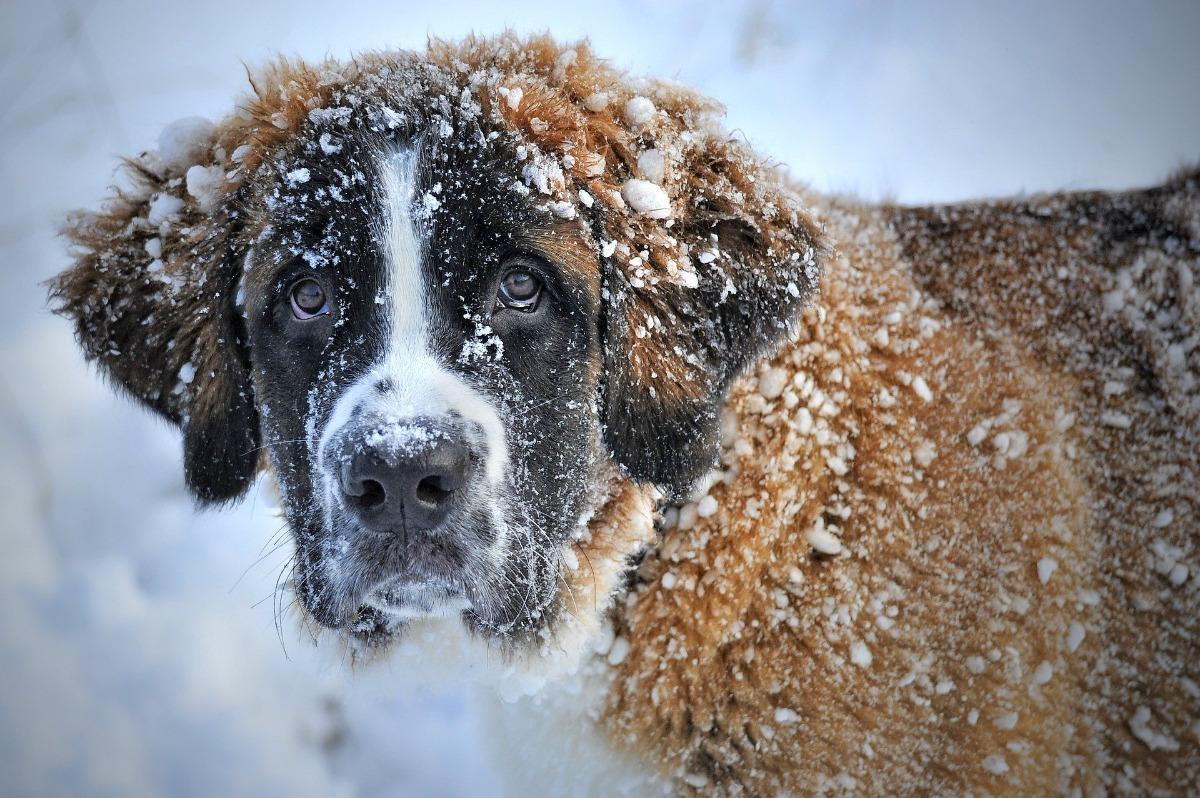
- posted: Jan. 15, 2021
Kitten Socialization
Socialization is the process of kittens interacting and developing appropriate social behaviors toward other members of same species. Socialization in any specie is important because it helps them learn how to behave in the world. Socialization needs to not only happen with same species but other species, situations, and objects.
Kitten socialization starts the minute the kittens are born. They are using their senses that are available to them (touch/smell) to figure out their surroundings. The kitten’s eyes open at 2 weeks of age and social interactions increase in difficulty. If kittens aren’t routinely handled by 7 weeks, they tend to remain tentative and less interactive with humans. Between the ages of 2-7 weeks of age is the most sensitive time for socialization. This is where exposures to different elements need to be done positively. This is also where the kitten gets the most information on how to be a cat from the queen and litter mates.
At 4 weeks of age when weaning, the hunting ability increases. This is a natural behavior. At 7 weeks of age the play focus shifts from social to object play. At this stage we need to start working with the kitten on enrichments for mealtimes. Enrichments that work well are food puzzles or hiding food in cardboard boxes and having the kitten hunt to get it out.
Socialization doesn’t stop at 7 weeks old. Continue to introduce safe, comfortable exposure to stimuli regardless of when adopted. If the stimulus seems overwhelming, repeat exposures must be avoided. This can lead to sensitization of the situation/object which may not be reversable. All stimulus should be introduced on a positive note with positive reward.
Contact us for more tips on how to socialize your kitten.
Endoscopy
We are pleased to announce that we will soon be offering endoscopy services to our clients. We have bought new equipment and are now waiting to undergo specialized training for these new services. Endoscopy is a minimally invasive procedure that allows the examiner to look within an organ or body cavity and gain diagnostic information. Gastrointestinal (GI) endoscopy is the most common use of endoscopy in veterinary medicine. Doctors can use this method for foreign body removal within the esophagus, stomach, and first part of the intestines as well as sample collection from these areas to check for abnormalities. Endoscopes can be utilized to investigate multiple other body systems as well including the nose, bladder, ears, joints, lungs, trachea (windpipe), etc. This equipment can also be used to perform laparoscopic procedures. We are hoping to begin to offer laparoscopic procedures in the future.
Laparoscopy is a modern surgical technique in which abdominal surgeries are performed through a few small incisions (5-10mm), instead of one large abdominal incision. High-definition cameras, fiber optic light sources, and several surgical instruments are passed through these tiny incisions via a port. The abdomen is inflated internally using carbon dioxide to distend it and allow for visualization and working space for the procedure. Laparoscopic diagnostic techniques that are most commonly performed are biopsies of organs or masses to rule out disease or cancer. The most commonly biopsied organs are the liver, pancreas, spleen, and less frequently the kidney. Other organs such as the intestines and bladder can also be biopsied via laparoscopic assisted technique. Laparoscopic surgical techniques such as a spay (ovariectomy) and prophylactic gastropexy (used to prevent large breed dogs from bloating) are gaining popularity. We are pleased to begin offering endoscopy for the gastrointestinal tract, nose, ears, and other select sites in January. We look forward to offering a wider variety of services in the near future.
Don’t forget that February is Veterinary Dental Health Month! All Dental’s scheduled in the month of February are 10% off. Schedule now so you don’t miss out, appointments go quickly!
Employee Spotlight:
Hannah Robinson, Veterinary Assistant
Hannah started with Caring Animal Hospital in November of 2020. She has worked as a Veterinary Assistant since 2017. She started in the veterinary field by working in the kennel room, taking care of hospitalized patients, cleaning, and doing laundry. Then she slowly worked her way up to assistant by learning to restrain animals and working with clients. Gaining more confidence and experience she has now started helping in appointments and answering our phones.
Hannah lives in Henderson with her three cats, dog, and cow. In her free time, she spends a lot of time with her family and friends camping and having fires at my family's property. She likes being outside, fishing, going for walks, and swimming. She also likes going up north on trips and vacations to visit family and explore new places.
Hours of Operation
9:00 AM - 6:00 pm
9:00 AM - 8:00 pm
9:00 AM - 6:00 pm
9:00 AM - 8:00 pm
9:00 AM - 6:00 pm
Closed
Closed


